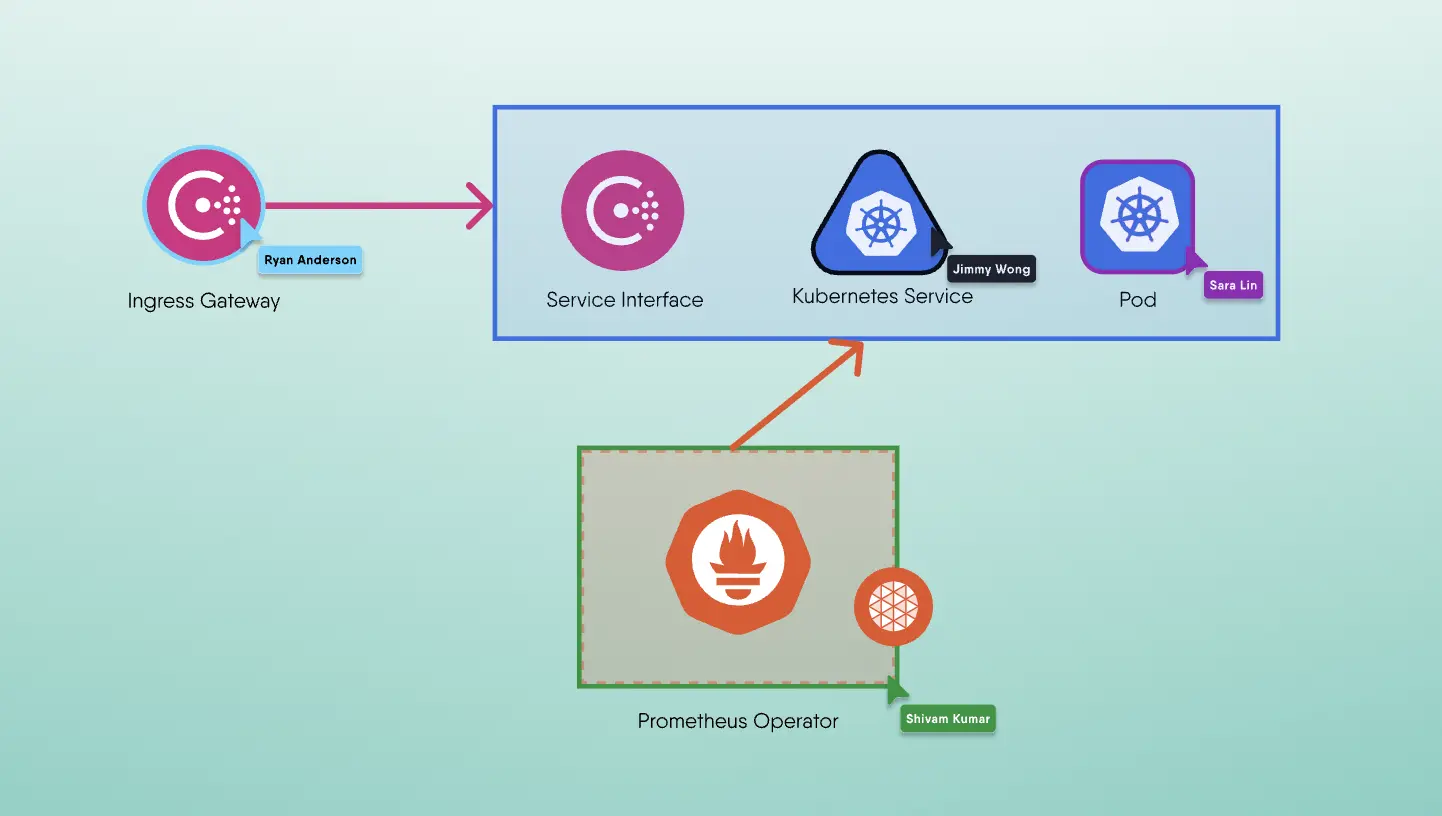
As a graduate student at the Indiana University Bloomington, studying for my Masters in Computer Science, little did I consider that my thesis project would lead me on this amazing journey to becoming an open source contributor.
My adventure with Layer5 has been a highly informative and invigorating experience, from coming aboard as a Meshery user to becoming an open source contributor. My initial interest in Layer5 was sparked when, for a project in my Masters course, I was required to build a microservice architecture and develop a service layer on top of it. A basic Google search led me to a plethora of resources, which in turn led me to understand how different service meshes could be compared. Comparison and selection of a service mesh was my first step to deploying one on my VM cluster. Amidst the varied resources available to me, stumbling onto Layer5 and Meshery was a happy boon.
Why Meshery?
From the beginning, Meshery proved to be an intuitive and easy-to-use application. Among other benefits, it could be implemented into my project with ease which was also a major contributing factor behind my choice of taking advantage of its features for my project thesis. There are tons of resources online that compare different service meshes for your deployment however meshery was the only project that actually offered a practical way of comparing service meshes. In just a few easy steps, I could download and deploy Meshery into my VM instance and compare the performance of my microservice application running atop two different service meshes: Istio and Linkerd, thereby gathering various statistics on how they worked on my application.
What really got my hooked though was Meshery's intuitive UI and the amazing open platform support, which made me strive to rise above and beyond my project goals, to truly understand and value the underlying idea.
Insights While Meshing Around
While using Meshery to deploy both Istio and Linkerd, I came to the understanding that while Meshery uses common methods for interfacing with and managing service meshes, that Meshery is also capable of exposing service mesh-specific features. This became apparent by how robust Meshery’s adapter for Istio is, which includes the ability to analyze and validate my deployment’s configuration against best practices. Each adapter includes a set of sample applications that makes it convenient to explore the functionality of different meshes, using the same application across them.
The behavior that was of keen interest to me, however, was that of my custom, microservices. When deploying my microservices application, Meshery helped me understand how different service meshes were interacting with my software application.
I learned that in addition to the easy integration of Meshery in my application, it also provides one of the best platforms out there to manage service meshes and gives you a fair assessment of your deployment, which can otherwise prove to be a daunting task.
While presenting my findings to my class and professor, they were able to gauge the brilliancy each service mesh would bring into the microservice application.
Shout out to the Community
The Layer5 community has proved to be incredibly helpful in my journey. Communicating mainly through Slack channels, the community is vibrant and very welcoming. Any integration issues that arose for me were quickly and efficiently solved.
I am thankful that my experiences as a user, as well as a contributor, has allowed me to be a valued part of this wholesome group. Layer5 has truly made me understand the significance of an open source "community" and I’ll admit - I’m hooked. The number and variety of novel projects that are pushing the envelope of emerging technology within this community is enthralling.
I’m here for the long-haul, so expect to hear from me again as I wrap my arms around these projects. If the suite of Layer5 projects interests you, please join the community!
Then, drop me a line as I work toward becoming a MeshMate.


